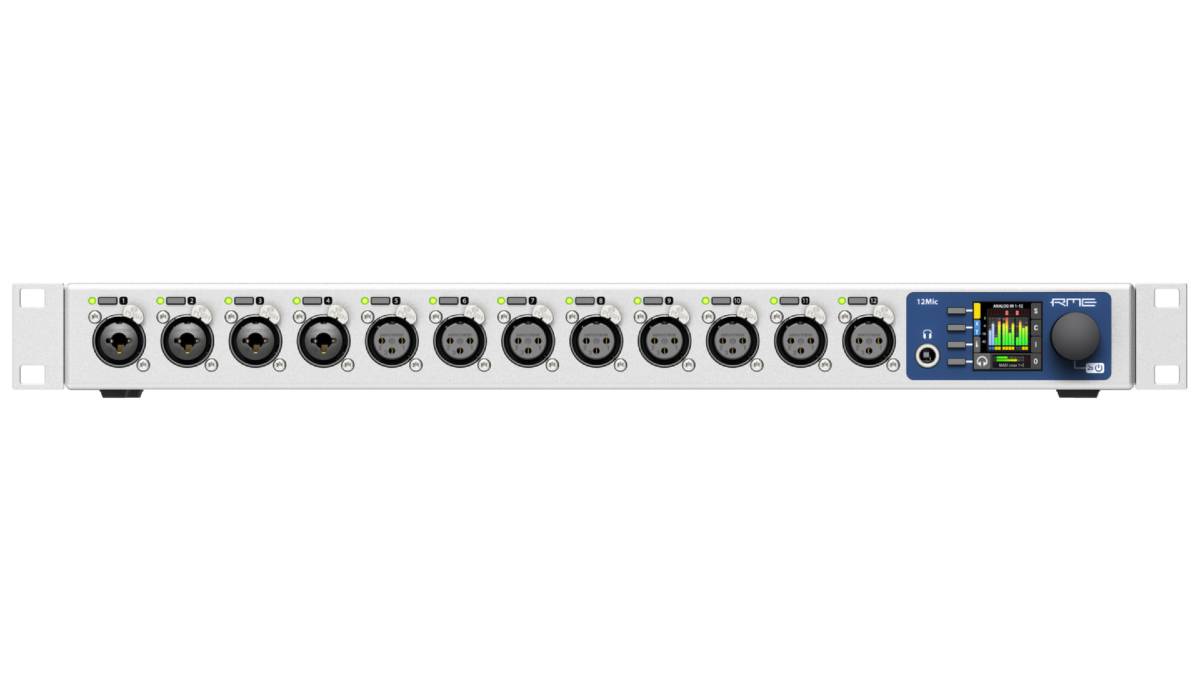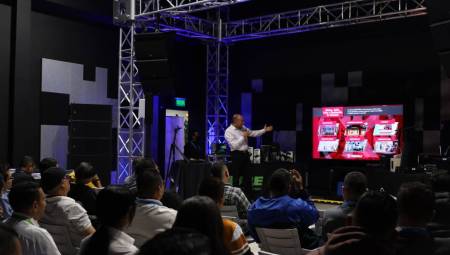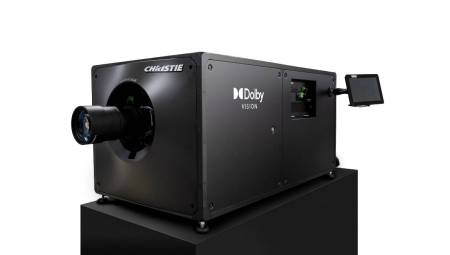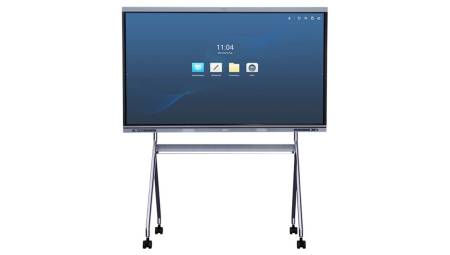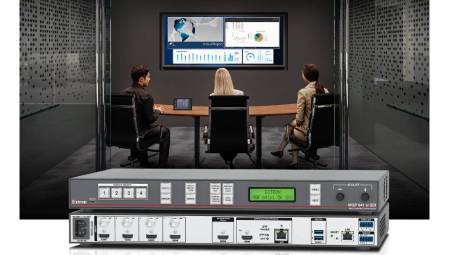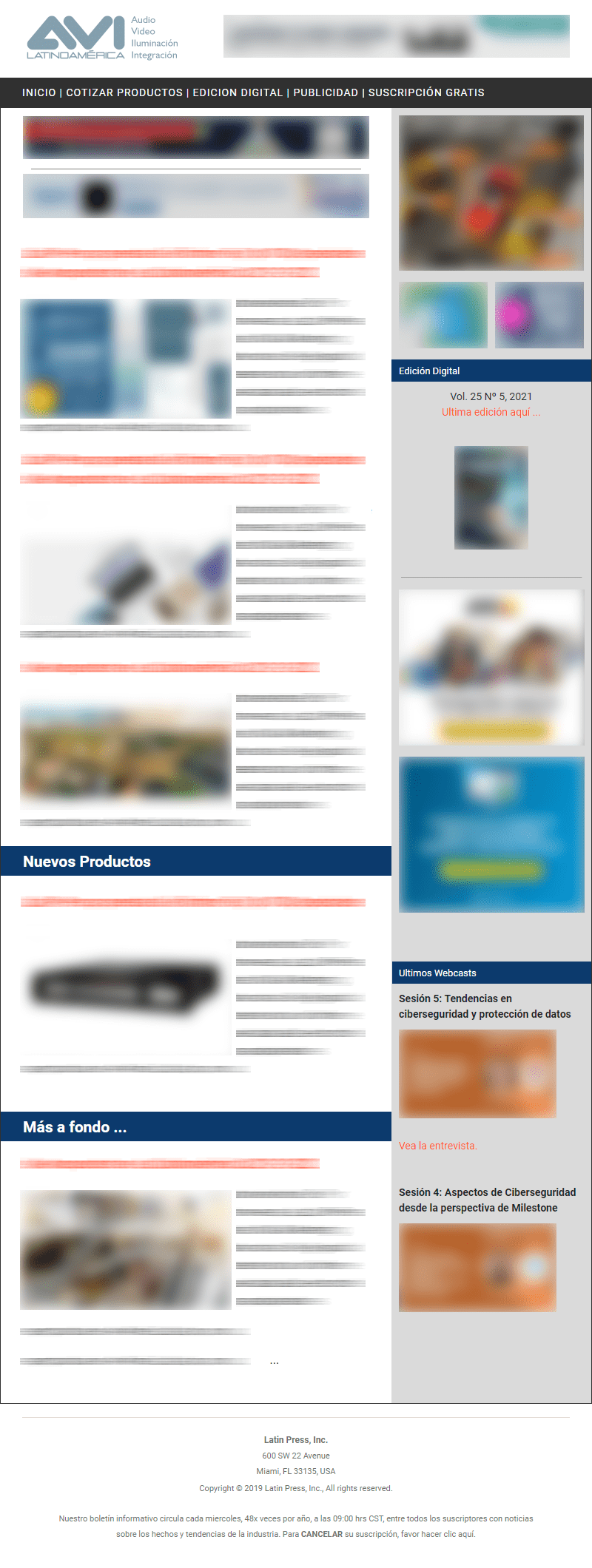Latin America. The manufacturer RME announced the launch of its first Milan certified firmware. With a free firmware update, RME equipment joins a growing number of products in the Milan ecosystem.
Based on IEEE open standards, Milan ensures seamless interoperability between devices from different manufacturers in a time-sensitive network (AVB/TSN).
Starting with the release of firmware 2.0.0 for the 12Mic microphone preamp, the AD and DA M-32 Pro II converters will see updates in the coming weeks. These devices will be joined by the M-32 Pro AD and DA, AVB Tool and M-1610 Pro devices that have been discontinued but have been receiving upgrades, reflecting RME's long-term commitment to its customers.
The newly launched M-1620 Pro converter will ship with Milan from the start, making a total of eight devices to be added to AVNU's list of certified products.
RME joined the AVNU alliance – creator of Milan – in 2021 and has since expanded its high-performance AVB implementation towards Milan compliance in several steps, starting with the introduction of the efficient AAF stream format, CRF media stream synchronization functionality and dynamic mappings.
While RME stated from the outset that its existing firmware is in fact interoperable with Milan, the certification gives users the confidence that they can connect devices right out of the box and start streaming up to 128 channels of uncompressed audio with deterministic, super-low latency.
Compared to other networked audio technologies, Milan – and the AVB/TSN technology it relies on – requires switches to actively participate in time-stamping and latency measurements, and to be aware of the audio streams passing between specific ports. Bandwidth is reserved as devices are connected, so there is no need to configure switches, and subsequently guaranteed, allowing users to run any type of traffic on the same network without worrying about it affecting audio quality.
In addition, Milan includes IEEE 1722.1 ATDECC, an open standard that not only offers control over connections, but also over the entire audio device itself.



